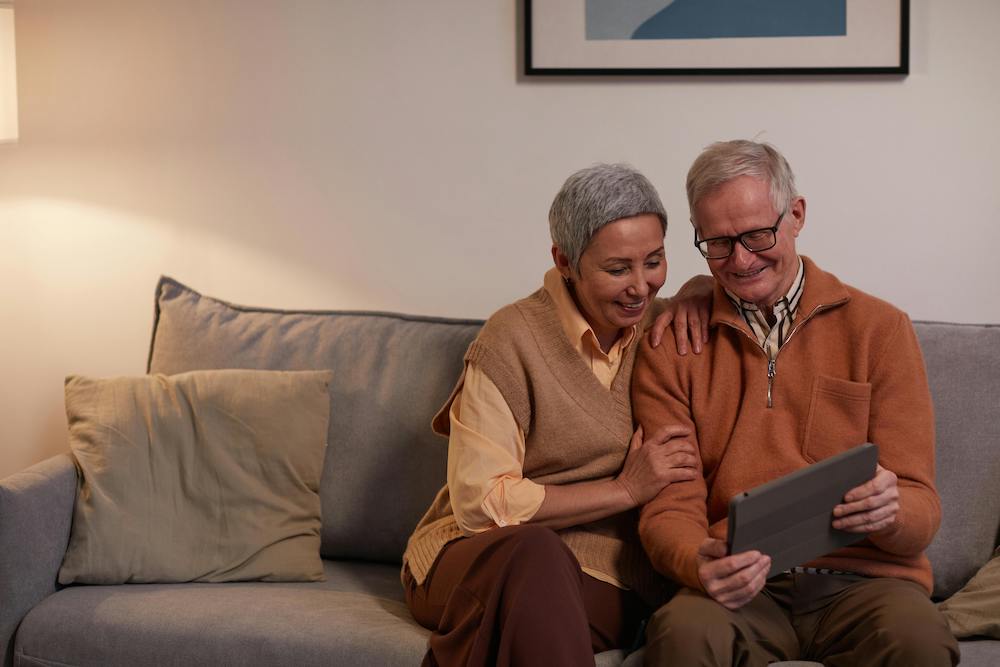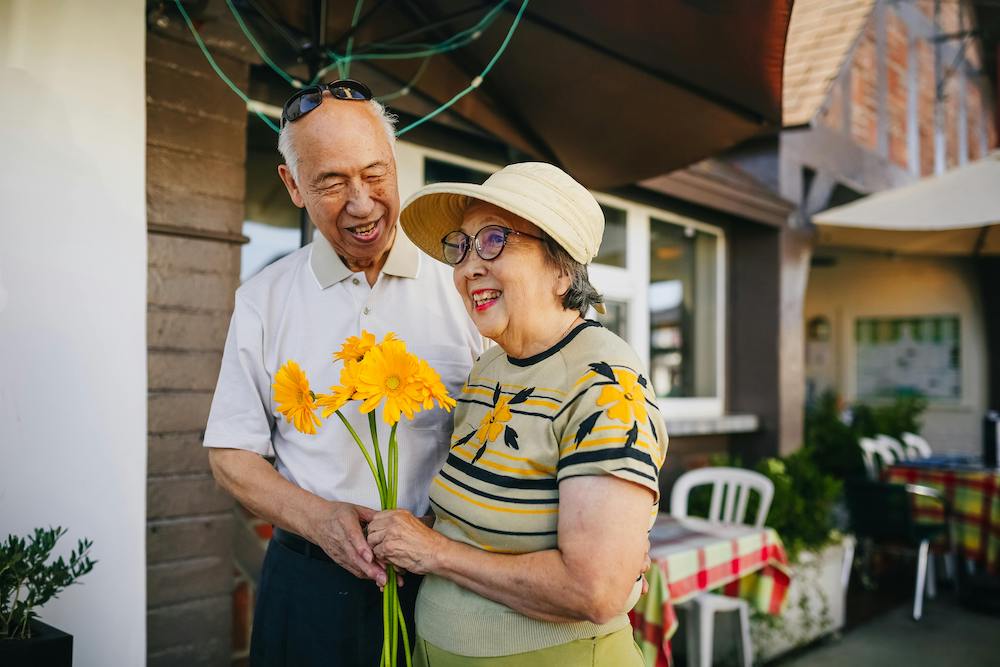As we age, the importance of a safe and comfortable living environment becomes paramount. For many seniors, the desire to age in place, remaining in their homes for as long as possible, is a primary goal. Achieving this goal involves thoughtful interior design considerations that prioritize safety and comfort.
How important are grab bars when creating a safe and comfortable home for Senior Citizens?
One of the key elements in ensuring the safety of senior citizens at home is the installation of grab bars. These simple yet effective additions can make a significant difference in preventing accidents and promoting independence. Installing grab bars in areas like bathrooms and hallways provides seniors with stable support, reducing the risk of slips and falls. We’ll delve into the types of grab bars available, proper placement, and the ease of installation, emphasizing their crucial role in senior-friendly interior design.
Is furniture an important consideration when looking at senior living facilities?
Choosing the right furniture is a crucial aspect of creating a comfortable living space for seniors. Senior-friendly furniture goes beyond aesthetics; it takes into account functionality and accessibility. We’ll explore the characteristics of furniture that cater to the unique needs of seniors, such as chairs with proper lumbar support, adjustable beds, and furniture with easy-to-reach storage. Additionally, we’ll discuss the importance of creating open and clutter-free spaces to facilitate mobility and reduce the risk of accidents.
Optimizing Lighting for Senior-Friendly Homes
Good lighting is often underestimated but plays a vital role in the safety and well-being of seniors. Dimly lit areas can pose risks, leading to tripping or difficulty in navigation. In this section, we’ll discuss the significance of well-lit spaces and offer tips on optimizing lighting. This includes the strategic placement of lamps, the use of natural light, and the integration of smart lighting solutions. Creating a well-lit environment not only enhances safety but also contributes to a more pleasant and inviting atmosphere.

Home Modifications: Ramps for Accessibility
For seniors with mobility challenges, home modifications are essential for ensuring accessibility. Ramps are a practical addition to homes, providing easy access for those using wheelchairs, walkers, or mobility aids. We’ll discuss the types of ramps available, their installation, and the areas of the home where ramps can make a significant impact. By addressing accessibility concerns, seniors can maintain independence and move freely within their homes.
The Importance of Regular Safety Assessments
Creating a safe and comfortable home for seniors is an ongoing process. Regular safety assessments are critical to identify potential hazards and make necessary adjustments. In this section, we’ll highlight the importance of periodic evaluations, offering a checklist for seniors to assess their living spaces. Whether it’s checking the stability of grab bars or ensuring proper lighting, these assessments contribute to a proactive approach in maintaining a secure home environment.
Kitchen Modifications for Senior-Friendly Living
The kitchen is a central space in any home, and for seniors, it requires thoughtful modifications to enhance safety and ease of use. We’ll explore practical kitchen modifications, including the installation of grab bars, adjustable countertops, and easy-to-reach storage solutions. By making the kitchen more accessible, seniors can continue to enjoy cooking and meal preparation while minimizing the risk of accidents.
Creating Relaxation Spaces: Senior-Friendly Living Rooms
Senior-friendly interior design extends to creating relaxation spaces that promote comfort and well-being. In this section, we’ll discuss the importance of ergonomic furniture, the incorporation of soft textures, and the benefits of proper seating arrangements. By focusing on the design of living rooms, seniors can have spaces that cater to their relaxation and socialization needs.

Incorporating Technology for Safety
The integration of technology can significantly contribute to the safety of seniors at home. Smart home devices, such as motion sensors, video doorbells, and emergency alert systems, enhance security and provide peace of mind. We’ll explore the ways in which technology can be seamlessly integrated into senior-friendly interior design, creating a harmonious blend of safety and innovation.
Personalizing Spaces for Emotional Well-being
A senior-friendly home is not just about physical safety; it also encompasses emotional well-being. Personalizing living spaces with cherished items, family photos, and familiar decor contributes to a sense of belonging and comfort. We’ll discuss the significance of creating personalized spaces that evoke positive emotions and enhance the overall quality of life for seniors.
Community Engagement and Support
Lastly, we’ll touch upon the importance of community engagement and support for seniors aging in place. Connecting with local community resources, participating in senior-friendly activities, and having a support network are essential components of senior well-being. By fostering a sense of community, seniors can thrive in their homes while enjoying a fulfilling and socially active lifestyle.
Conclusion
Creating a safe and comfortable home for seniors involves a holistic approach to interior design. From practical modifications like grab bars and ramps to considerations of furniture, lighting, and technology, each element plays a crucial role in enhancing the overall well-being of seniors. By embracing these senior-friendly interior design tips, older individuals can age in place with confidence, independence, and a high quality of life.




